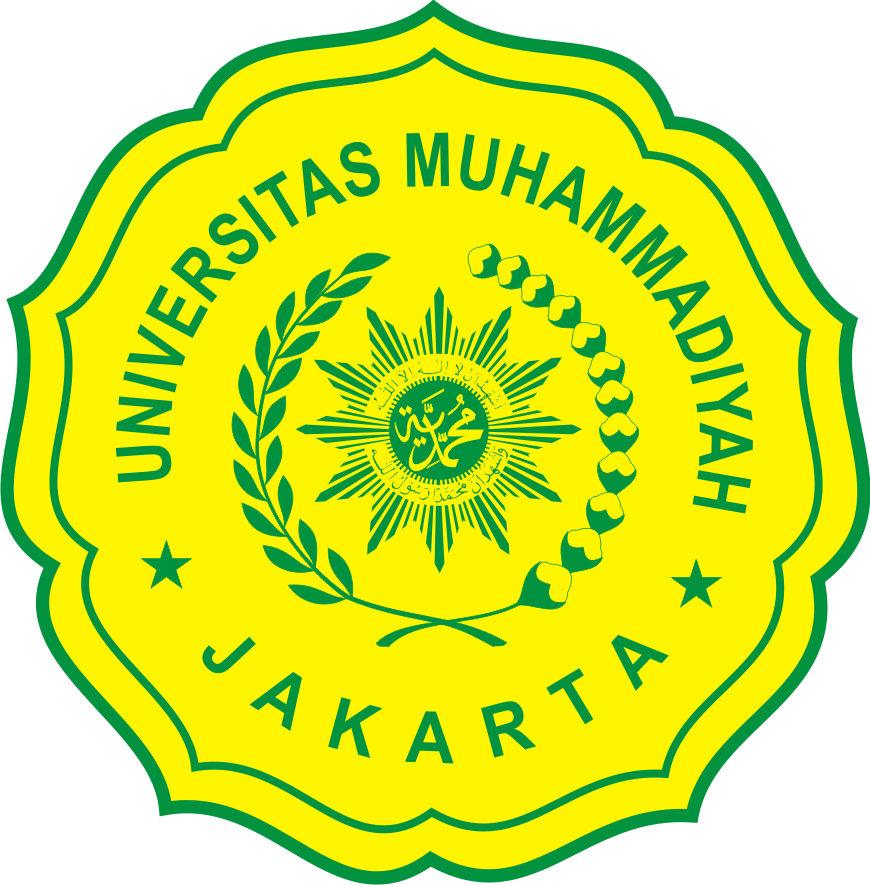TEKNOLOGI PROSES PENGECATAN MENGGUNAKAN SISTEM ATOMISASI PADA PRODUK BERBAHAN PLASTIK DI INDUSTRI PERAKITAN SEPEDAMOTOR
Abstract
Motorcycles are a type of transportation that is familiar in Indonesia. Cost product and speed for mobilization are the main reasons for choosing this transportation. Demand for motorcycles that are still large in Indonesia and encouraged motorcycles manufacturing industries to deliver products according to consumer needs. To be able to meet the varied needs of consumers, motorcycle manufacturers always make improvements in all of their production area. There are two main components in the motorcycle, engine and frame. These two components are produced by several parts of production based on the characteristics of each product. The production section of the motorcycle industry that do paintingactivities on plastic products is painting plastic section. The coating technology used in painting plastic is atomization . This technology is a converting liquid material into mist or granules used to coat the product. This technology has many challenges in terms of material transfer to products. The selection of the right material is the key to the atomization process, besides that human factors are also important because the operator's competence or expertise during the painting process can affect product yield. From these problems the author tries to map some of the problems caused by paintings, including technological materials, production systems, product quality and problems caused by painting processes to the environment. However with the level of complexity of the problems faced by the plastic paintingsection, not many studies have focused on the problems in the paintingprocess of plastic products. Therefore the author tries to give a detailed description of the production process in the painting plastic section. The author divides this article into several sub-chapters including paintingtechnology, technology material, production system and Quality properties. Furthermore, the authors hope that this article can be used as a basis for developing the paintingprocess on plastic products.
Keywords
Full Text:
PDFReferences
Artikel Kementrian Perindustrian, “Kementrian Perindustrian Republik indonesia,” 2012.
R. A. Nallicheri, “Automotive Painting : An Economic and Strategic Analysis,” Massachusetts Institute Of Technology, Cambridge, Massachusetts, 1994.
S. A. Colbert and R. A. Cairncross, “A computer simulation for predicting electrostatic spray coating patterns,” in Powder Technology, 2005.
R. Talbert, Paint Technology Handbook. 2010.
L. P. Bayvel and Z. Orzechowski, Liquid atomization. 1993.
K. D. Weiss, “Paint and coatings: A mature industry in transition,” Prog. Polym. Sci., 1997.
C. Schoff, “PaintingProblems,” in Coatings Of Polymers And Plastiks, 2003.
S. Spieckermann, K. Gutenschwager, and S. Voß, “A sequential ordering problem in automotive paint shops,” Int. J. Prod. Res., vol. 42, no. 9, pp. 1865–1878, 2004.
A. Goldschmidt and H. Joachim-streitberger, BASF Handbook on Basics of Coating Technology. Hannover, Germany, 2003.
I. Kolev, “Coatings on Plastiks — Technology Designed for a Wide Range of Solutions,” Soc. Vac. Coaters, 2013.
N. Dhafr, M. Ahmad, B. Burgess, and S. Canagassababady, “Improvement of quality performance in manufacturing organizations by minimization of production defects,” Robot. Comput. Integr. Manuf., 2006.
L. R. Botelho, J. C. Leite, and J. N. N. Quaresma, “Proposed solution for reduce defects in the process of paintingof plastik parts of motorcycle industry,” Espacios, 2017.
PT Astra Honda Motor, “Manufacturing Process PaintingPlastik,” Qual. Dep., 2000.
PT Murni Cahaya Pratama, “Modul Training Pengetahuan PaintingProses,” 2008.
B. A. Graves, “Paintingplastiks at Harley-Davidson,” Prod. Finish., 1996.
H. Janik, M. Sienkiewicz, and J. Kucinska-Lipka, “Polyurethanes,” in Handbook of Thermoset Plastiks, 2013.
A. H. Lefebvre and V. G. McDonell, Atomization and sprays. 2017.
DOI: https://doi.org/10.24853/sintek.13.1.15-25
Refbacks
- There are currently no refbacks.
Copyright (c) 2019 SINTEK JURNAL: Jurnal Ilmiah Teknik Mesin













